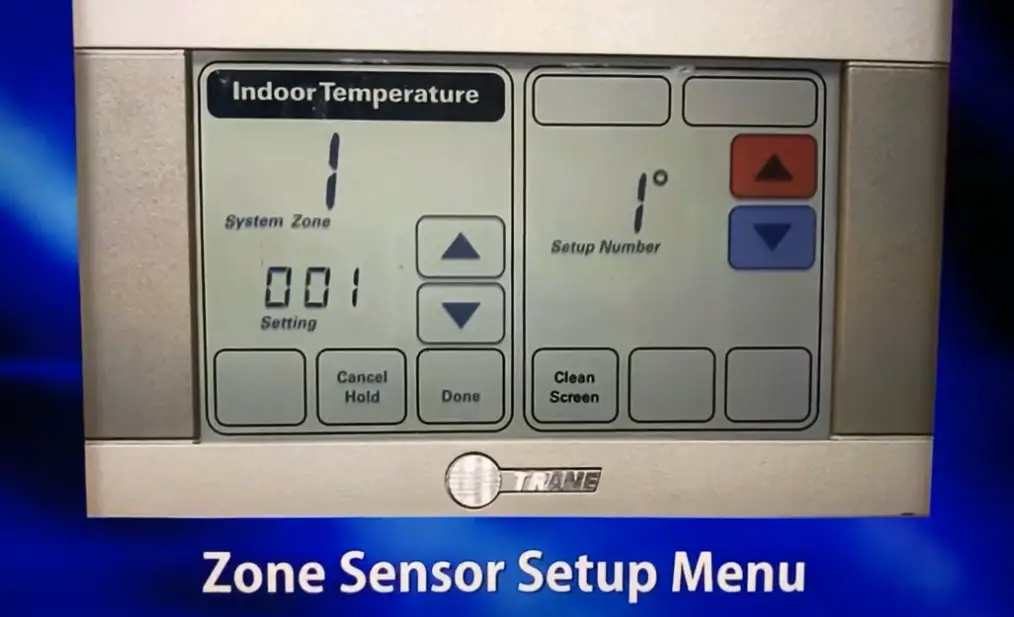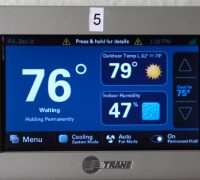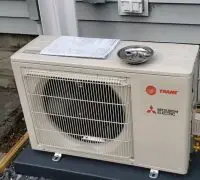Trane provides customers with a wide range of wireless and wired temperature sensors. Since they have straightforward and flexible installation, wireless temperature sensors are an excellent and cost-effective alternative to wires sensors. Traditional wired sensors are most suited where wireless sensors cannot be installed, or a wired connection to a service tool is necessary.
Page Table of Contents
How do Trane zone sensors work?
Trane makes equipment that ensures the best comfort and productivity for people in buildings. There’s a generous offer of wired and wireless models that help get precise, dependable sensing crucial to maintaining HVAC systems running at the best levels. The family of sensors has been created to ensure ready solutions to each application: from cafeteria and classrooms to executive suits and retail stores. At Trane, you can always find the sensor that provides you with the perfect level of occupant control.
How does the zone occupancy sensor work ?
The zone occupancy sensor is recommended for zones and applications with intermittent occupancy during the occupied mode. The sensor will transmit a signal to the building’s automation system upon detecting movement in the coverage area. The Passive Infrared (PIR) sensing technology within the zone occupancy sensor will detect motion.
As the sensor must identify movement from an occupant, sensor placement must be made with attention to detail. The sensor offers isolated single-pole, double-throw, relay contact outputs to signal the VariTrac controller or the VariTrane.
The zone occupancy sensor comes with multi-cell, multi-tier lends with 360degree as a maximum field of view. The sensor can cover up to 1200sq ft with a 22ft maximum radius when the sensor is set up at 8ft above the floor.
Wireless zone sensor (WZS)
The wireless zone sensor gives occupants limited local control of temperature settings and the possibility to override the system’s settings at any moment, as space becomes occupied or unoccupied. It’s perfect for classrooms and office spaces.
Wireless display sensor (WDS)
The WDS is a configurable sensor that allows occupants control over their environment and a display that conveys the current operating modes and space conditions. It’s best for executive office suites and placed where the occupant should have complete control over the comfort. The display is intuitive, and adjusting the settings is straightforward.
Wireless temperature sensor (WTS)
The WTS is perfect for environments where occupants don’t have control of the occupied space. It’s excellent for lecture halls, classrooms, retail stores, and restaurants.
Wired zone sensors
The wired zone sensors allow the occupants to select a temperature setpoint according to their preferences. The occupants can locally adjust the operating mode and fan speed to obtain the intended comfort level.
The wired sensors also come with Occupancy Override, so the tenants can ask for temporary timed override system operation so that the building conditions stay in occupied comfort conditions.
The Hot /cold thumbwheel (optional) allows the tenants to select a temperature set point relative to their zone of comfort and not precise numbers.






